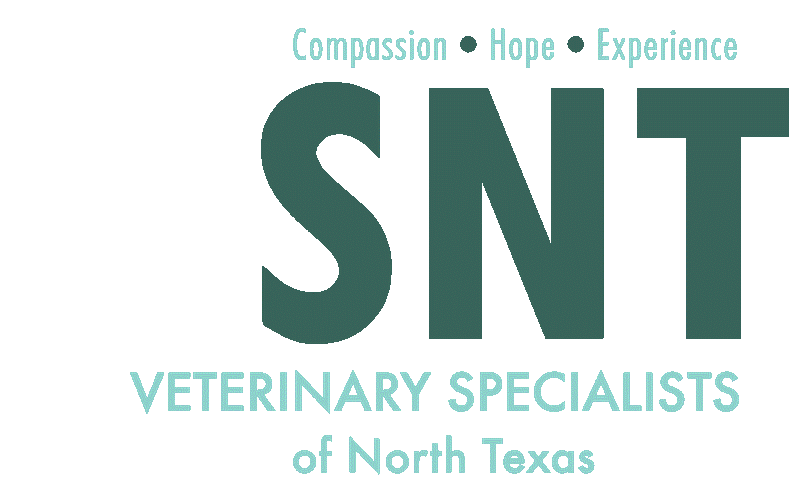
WHAT IS ENDOSCOPY AND LAPAROSCOPY?
Allison Wilson, DVM, Diplomate ACVIM, Small Animal Internal Medicine
A very common reason for you and your pet to be referred to VSNT is to have a “scope” or “scope-assisted” surgery. This is a medical procedure that is used to get biopsies or small pieces of body organs for testing, to try and determine why your pet is sick. Sometimes it is used to remove things from your pet’s stomach, after they have swallowed something, they should not have eaten, such as a toy or a fish hook. It is commonly referred to as “minimally invasive,” which means that surgery, or making an incision into the body, may not be needed (endoscopy). In the case of laparoscopy, the incisions or openings made in the body are very small. This allows your pet to recover faster and, in some cases, go home the same day of their procedure. Below, I’ll answer three of the most common questions people have about these procedures, so that you can better prepare for you and your pet’s visit to VSNT.
A scope is the same as a colonoscopy, right?
Yes! The term “scope” is a general term use to describe when a camera is used to enter the body and take a look around, like the Magic School Bus show some watched as a child. Colonoscopies are a very common procedure performed in humans and is referring to examining the colon, which is the of the end of the gastrointestinal (GI) tract. However, there are several other areas of the body that we can examine with a scope. For example, a bronchoscopy, allows us the examine the inside of the lungs and cystoscopy allows us to examine the inside of the urinary bladder. With an upper GI scope, we evaluate the esophagus, stomach, and upper small intestine. Due to the length of the intestinal tract, we cannot evaluate all of the intestines with an endoscope. Finally, an endoscope specifically utilizes the body’s own orifices or openings such as the mouth, nose, urethra and anus.
How is laparoscopy different from a scope?
Laparoscopy means, looking into the abdomen to examine the internal organs with a camera. It does still use a “scope” so that making an opening into the body with a small surgical incision is needed. In people, an opening or incision is commonly made in the belly button, to help hide the scar, as it is typically very small. The gall bladder is commonly removed in people using laparoscopy. Here at VSNT, we use laparoscopy to examine the liver and take samples for testing. This is used when your pet has changes to their lab work that cannot be explained with routine testing.
How long will my pet be at the hospital for their scope?
Most pets that have a scope will be able to go home the same day. These procedures do require general anesthesia and cannot be performed with your pet awake. While the procedure itself may not take more than an hour, we want to make sure your pet recovers fully from anesthesia before going home. Therefore, your pet will be with us for at least 8 hours, sometimes longer. For those pets that have a laparoscopy, they will spend the night to make sure they are comfortable after surgery. VSNT has a fully staffed ICU, so someone will be with your pet 24/7 until you come to pick them up.
Hopefully this was a helpful overview for some of the diagnostic procedures performed at VSNT. Your consultation appointment with your VSNT doctor will allow you ask any additional questions. In some cases, your pet may not even need a scope as other techniques may better serve to help you and your pet. As always, we are here to help you and your pet to the best of our abilities!

